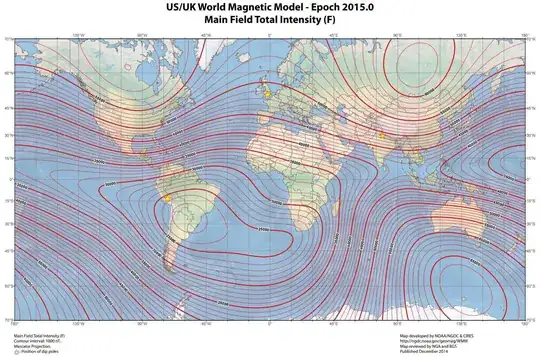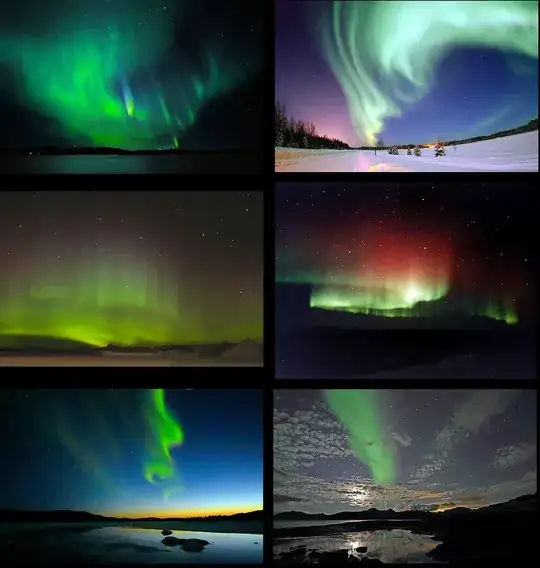The claims are two wrong, one sort of correct
Before we start, it might be worth noting though that a strong magnetic field is more likely to keep radiation out than letting it in (*).
Anyway, the Earth's magnetic field at the surface, measured in nanotesla, and sourced from here. The image below has the locations in question marked with yellow stars (thank you Engineer Toast for the update).

Kasar Devi is at 29° 38′ 30.2″ N, 79° 39′ 42.4″ E, at which the field strength is between 48000 and 49000 nT. Respectable, but not remarkable, as the US and Canada, most of Australia, the upper half of Europe, and Russia and the other former Soviet states all exceed that. The map shows strengths between 22500 nT and 66500 nT (approx), meaning the median is at 44500 nT, hence this location has only slightly higher than median field strength.
So the claim that "the Kasar Devi Temple has an enormous geomagnetic field" is flat out wrong.
Stonehenge (51° 10′ 44″ N, 1° 49′ 34″ W) is in the same band, and the claim is therefore equally wrong about that.
Machu Picchu (13° 9′ 48″ S, 72° 32′ 44″ W) is near the South Atlantic Anomaly, just inside that thick 25000 nT line, and as such it has a remarkably low magnetic field strength, not a high one. It is that low intensity in the field that leads to the Van Allen Belt to coming closer to the surface of the Earth in that area.
It should be noted though that the South Atlantic Anomaly is huge. Since the year 2000 it has an area of over 100 million square kilometers.

The US by comparison, is only 10 million square kilometers. Russia clocks in at 17 million.
Machu Picchu is also only just on the edge of the SAA, not smack in the middle of it.
And — of course — on the ground we notice nothing of the Van Allen Belts since the atmosphere is a very effective shield against the particles in the belt.
So all in all, the quoted article has gotten several things confused...
- The South Atlantic Anomaly is due to a weak geomagnetic field, not a strong one
- Field strength determine the amount of radiation, not the other way around
- A weakness in the field leads to more radiation, not the other way around
- Stonehenge and Kasar Devi exist in areas of rather unremarkable geomagnetic field strength
- The Van Allen Belts do not affect us on the surface of the planet
...unless of course the claims are about "energy" and "radiation" — in non-scientific meanings of the words — and not energy and radiation as talked about in science and astrophysics. If so, then all bets are off and nothing we talk about in scientific terms matters.
(*) On the latitudes in question. Near the poles — where the field lines intersect the surface of the Earth — the particles will spiral along the lines and come crashing down into the atmosphere, for plenty of ooh's and aah's of visiting tourists.



